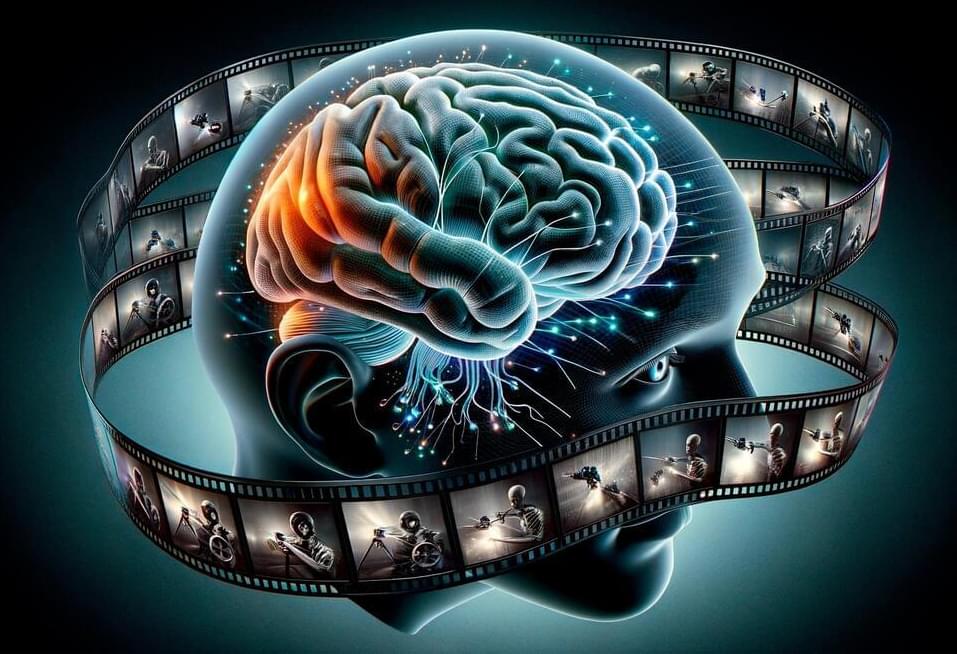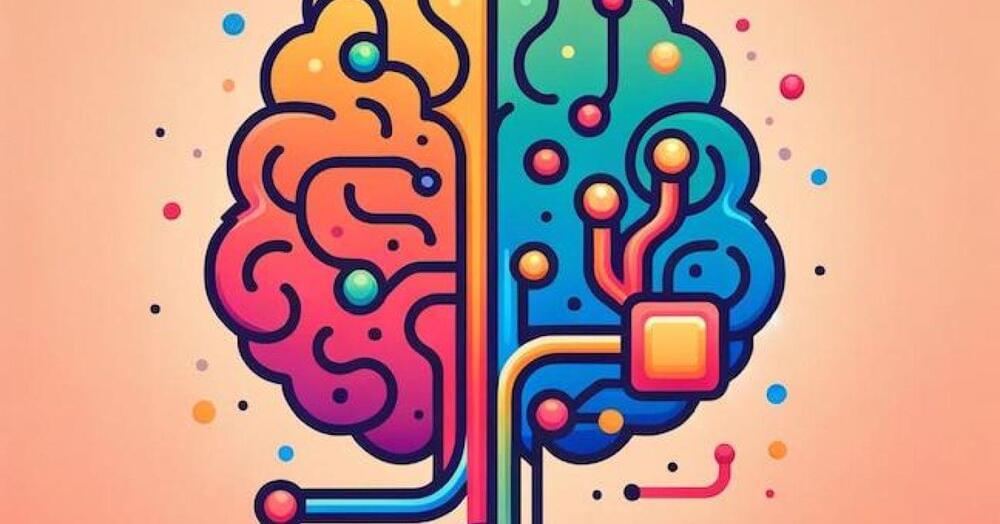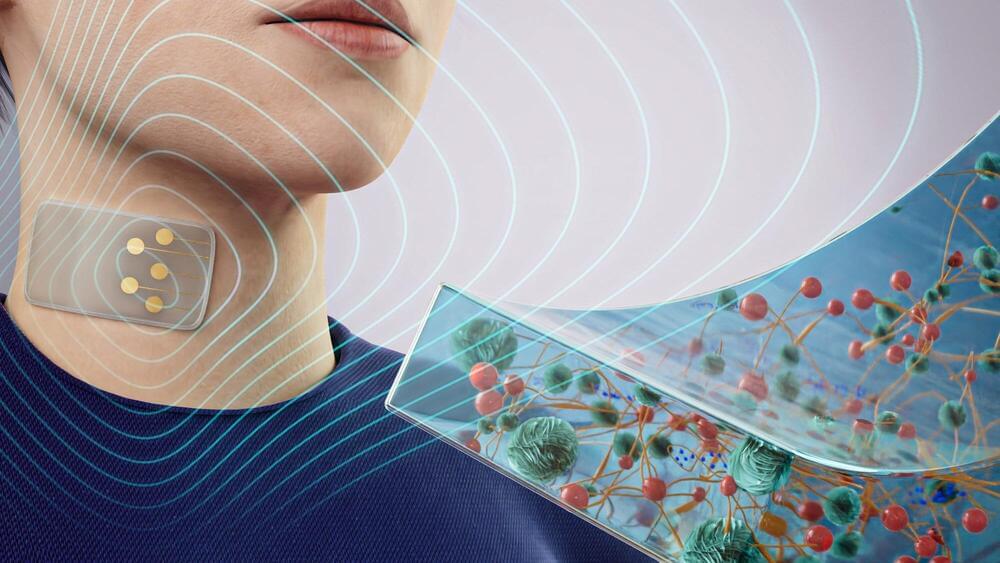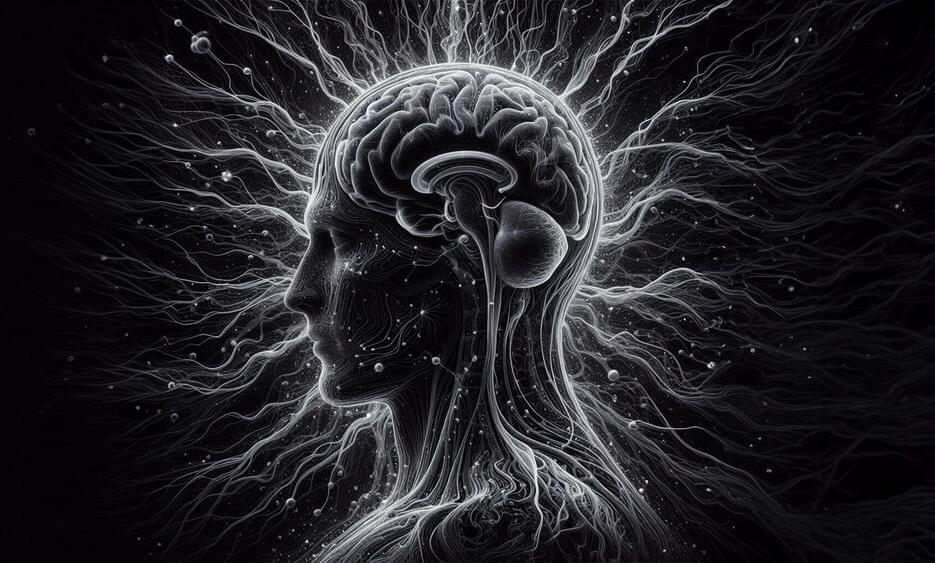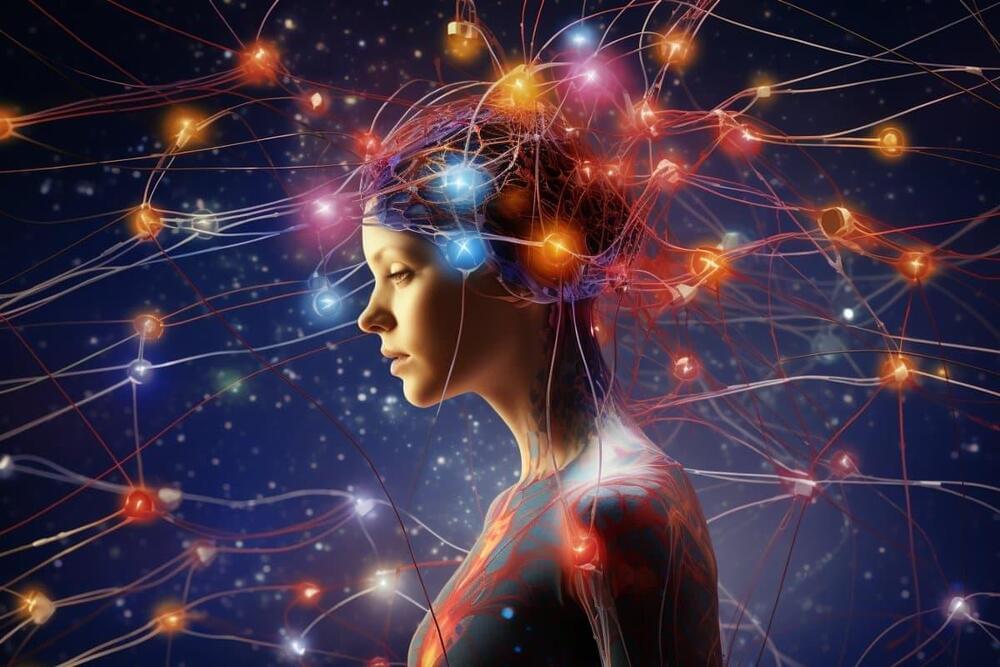Feb 12, 2024
Cinema in the Mind: The Neuroscience Behind the “Continuity Illusion”
Posted by Dan Breeden in categories: biotech/medical, neuroscience, robotics/AI
New research on the continuity illusion uncovers how the brain perceives smooth motion, emphasizing the superior colliculus’s importance and suggesting new approaches for neuroscience research and clinical practice.
A study by a team at the Champalimaud Foundation (CF) has cast a new light on the superior colliculus (SC), a deep-seated brain structure often overshadowed by its more prominent cortical neighbor. Their discovery uncovers how the SC may play a pivotal role in how animals see the world in motion, and sheds light on the “continuity illusion,” an essential perceptual process integral to many of our daily activities, from driving vehicles to watching movies.
Understanding the Continuity Illusion.
